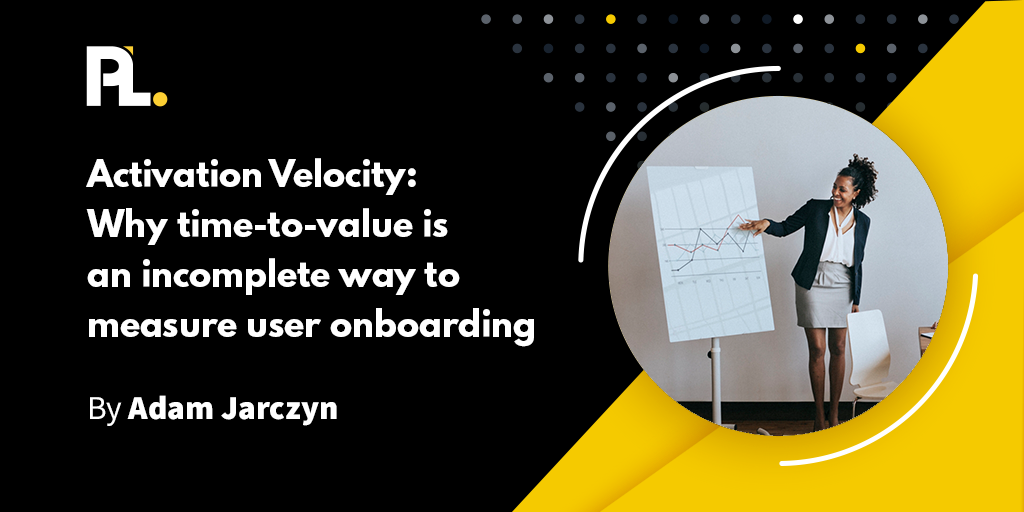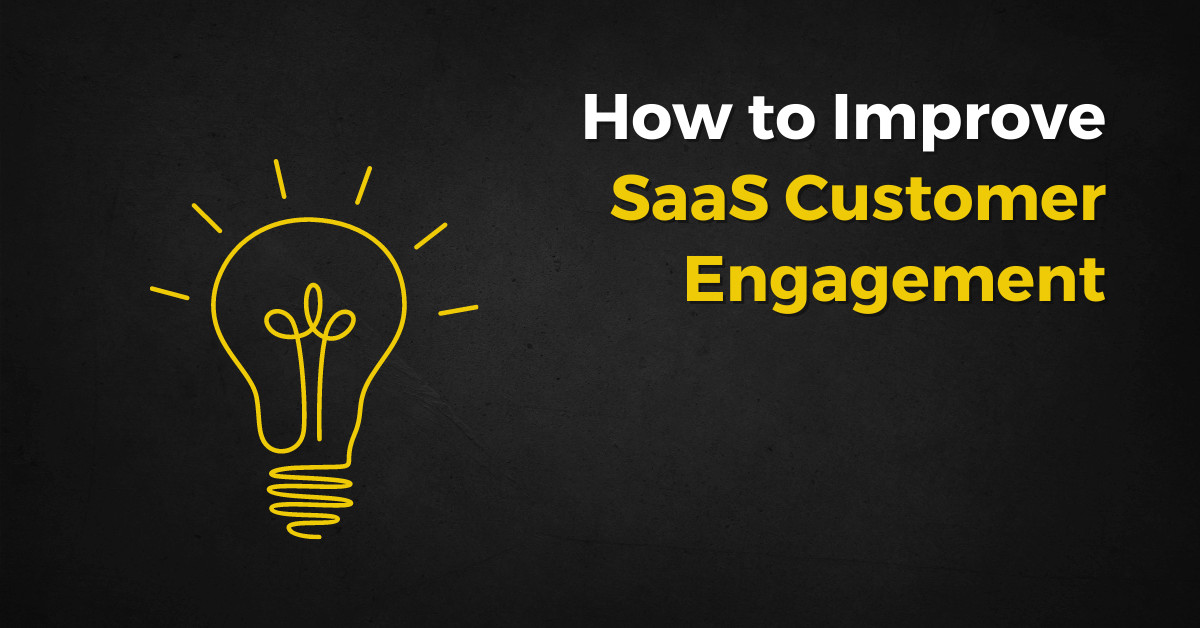This is Part Two in a series of posts on PQLs. Read the first post on why you should care about PQLs in the first place here.
Forward-thinking product-led growth companies increasingly recognize that Product Qualified Leads (PQLs) are a superior metric to boost conversion rates.
But how does one start building PQLs into your product-led motion?
We've gathered thought-leaders from 400+ GTM professionals to build a system that helps product-led marketing, sales, and customer success teams align all their efforts around the PQL to increase conversions and upsells.
This is the second in a series of posts in which we lay out all our thinking behind the system we've put together, giving you all you need to know to understand, define, and operationalize PQLs.
In this post, we'll tell you:
- Three signals to define PQLs effectively for your revenue teams.
- What a PQL qualification output should look like.
- The different kinds of PQLs to identify.
Now let's get right into it.
Three signals to define PQLs effectively for your revenue teams.
Fit, value, and intent are the three defining characteristics of a PQL. Fit and intent aren't new - they have always been a part of the scoring criteria for Marketing Qualified Leads (MQLs). Compared to the MQL, the PQL additionally qualifies based on whether a lead is getting significant value out of your product.
1. Fit: Lead looks like a good customer
The user and their organization should match your user persona and ideal customer profile (ICP). That is, the PQL isn’t just someone who has derived value from your product—they should line up with the firmographic and demographic characteristics of your target customers.
To illustrate why this is important, look at Slack.
Slack has two prominent use cases: business and community. Businesses use Slack to collaborate. Communities (such as ProductLed) use Slack to gather people with overlapping interests. But Slack makes the majority of its revenue from selling into businesses and needs to focus sales resources driving those accounts. So even though communities may benefit greatly from Slack and they check off the value criteria, they would not check off fit—saving reps time from pursuing a lead that is unlikely to pay.
2. Value: Lead derives high value from the product
The value criteria is satisfied when a lead completes an activation flow, reaches the Aha! moment, and deepens engagement until hitting a product usage limit that signals readiness to buy.
An activation flow defines the sequence of user actions that result in sticky users deriving value from the product. The Aha! moment caps off the flow as the final action that marks when a user has recognized value. Readiness to buy indicates a level of engagement that distinguishes users who will happily stay on the free plan forever from users that will pay to access more functionality and features.
Back to the Slack example: let's say a new Slack user signs up, creates a few channels, and then invites their colleagues. After their first productive conversation, the user has reached the Aha! moment and recognizes the value in the product.
A short while later, the team sends more than 2,000 messages. This deeper engagement that trends towards Slack's free tier limitations (up to 10,000 messages sent) is the green light signal that the team is ready to buy.
In sum, Slack knows that a lead has hit the value criteria to qualify as a PQL when it has:
- Signed up
- Created 2+ channels
- Invited 1+ teammates
- Completed their first conversation (Aha! moment)
- Sent 2,000+ messages (Ready to buy)
The value criteria aligns product development and sales-assist efforts on clearing the path towards readiness to buy. The product team can optimize the new user experience to complete the activation flow, and sales can surgically assist high-potential prospects to deepen engagement after initial activation.
We recently spoke to Yaekyum Lee, the Head of Global Customer Experience at Sendbird, who advocates for assigning a sales reps to large contract value opportunities. This is even when the product has a self-serve flow because large accounts that could spend on $1M+ contracts will require the sales touch no matter how easy the product is to use. Tracking the value metric as part of PQL definition helps you figure out when the right time for sales to jump in is.
As a final note, the value criteria should be time-bound. For example, sending 2,000+ messages in the first month reflects a wildly different ground truth than sending 2,000+ messages after a year of sluggish activity.
3. Intent: Lead raises hand to engage
Intent captures whether a lead has indicated an interest in purchasing or engaging sales reps. These are classic hand-raising behaviors such as:
- Reaching out for support
- Visiting the pricing page
- Filling in a website form
- Surpassing (or is projected to surpass) a usage limit
- Clicking on an enterprise or upsell feature
You can look at intent as the final tipping point for sales to pursue and close an opportunity.
What a PQL qualification output should look like.
PQLs are typically defined in a binary fashion. A lead is either a PQL or not. Most input criteria are also binary, as we saw with our Slack example. Did you send 2,000 messages or not? Did you create 2 new channels or not?
Unlike MQL systems which usually assign points for various activities, PQL criteria are more decisive and result in clear next steps for sellers. The value criteria shows sellers where a user got stuck in the product. This helps us decide how to unblock the user in their journey. The logic for PQL definitions are also easier to follow since the inputs are binary.
Since PQLs are binary and not associated with a numeric score, we suggest prioritizing PQLs by traits such as potential deal size and change in usage. Sellers should pursue the highest expected value leads and strike while the iron is hot.
The different kinds of PQLs to identify.
Yep! We define PQLs as leads that are ready to buy... but buy what?
This is where we can segment PQLs into different types. Based on the PQL type, you may want to take a different action or assign the PQL to a different type of seller, e.g., mid-market and commercial vs. enterprise account executive.
Here are some common PQL types:
- Free to paid conversion
- Upgrade to a higher tier
- Seat expansion
- Monthly to annual plan conversion
- Enterprise-license agreement (ELA) conversion
Depending on the type of PQL you're dealing with, sellers should tailor outreach to drive the desired business outcome. For example, an enterprise requires deeper investigative work to explore how an organization gets value from a product. They also need a thoughtful story around that usage to make the strategic sell to a CIO.
We learned from Cailen D'Sa, the first business hire at Dropbox, that a key part of selling upmarket to large enterprises was to dig into usage data deeply to craft a cohesive story for decision-makers to understand how their organization was already getting value from the product. Having a separate segment of Enterprise License Agreement PQLs will help you take the appropriate downstream action on these accounts to increase conversion rates.
Note that we don't limit PQLs to only leads that are on a free trial or free plan. PQLs also includes leads who are already paying customers, but who may present opportunities for expansion revenue through upselling.
Wrapping up: what it all comes down to
Well done! You now know about the three key criteria needed to define a PQL, what a PQL output should look like, and the different types of PQL. Now, you know how to figure out which leads to focus your sales efforts on for the highest conversion rates.
But what happens if a lead only meets one or two of the three criteria?
A lead is a PQL only if they fully satisfy all three criteria, but that doesn't mean it's not worth reaching out to those who haven't got there yet. When to task seller outreach really depends on your specific sales capacity and goals, but here are some of our guidelines on approaching partially qualified PQLs.
- If a lead satisfies both the fit and intent criteria, reach out to help them get started. These are classic marketing qualified leads.
- If a lead satisfies the fit and value criteria, lightly offer new ways of using the product and emphasize the business value the lead is getting by using the product. You want to prime them to pay. If the lead engages, bring up the sales conversation. Here, you want to avoid turning off a lead by being overly aggressive and transactional.
- If a lead only satisfies the fit criteria and has high spend potential, start making inroads through outreach. These are going to be your named accounts—large accounts with high spend potential—that may not be the most receptive to the self-serve.
- If a lead only satisfies value, then explore their use case and understand whether there might be new business development opportunities selling into a different persona and ICP.
- If a lead satisfies all three components, then go close the deal! For high value prospects, deploy a seller against the account, but for low value prospects, convert using automated, at-scale campaigns.
Besides reaching out to leads when they satisfy criteria, it's important to reach out to provide assistance as they check off conditions in the value criteria. To do so, you want to set up triggers that notify sellers when prospects in their portfolios hit certain usage milestones in the product and provide your sales reps with the appropriate content and playbook to nudge leads towards the Aha! moment and deeper engagement.
For example, this message is triggered when a person hits their usage limit:

With that, we hope you're all hyped up about using PQLs to level up your product-led sales.























